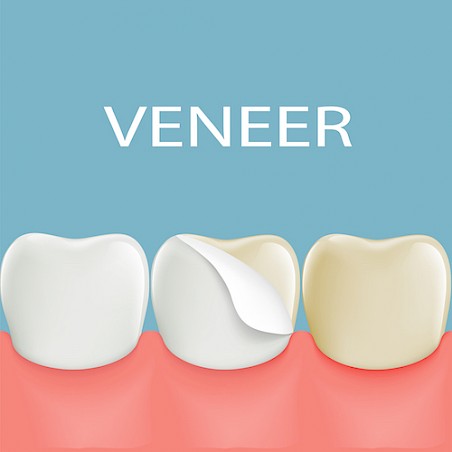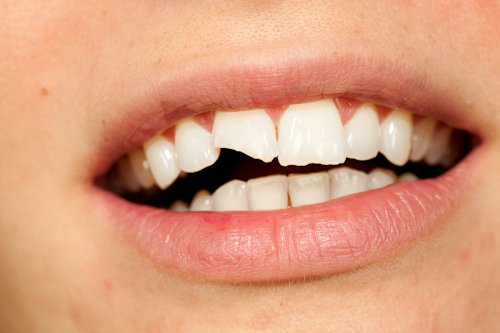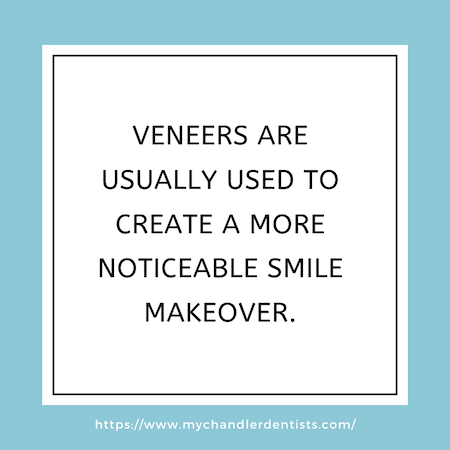
While teeth whitening can help to lift minor stains, there are times when other cosmetic dentistry procedures become necessary.
Teeth with stains that exist deep within the enamel do not always respond to whitening procedures. You may also have teeth that have chips or are worn down that are visible when you smile. Crooked, unevenly sized teeth and large gaps between each one can also make you feel embarrassed.
In each of these situations, dental bonding and veneers are possible solutions for fixing the imperfections. Yet, these two procedures are very different from one another. Understanding the benefits of each one empowers you to find the best way to improve your smile.
What Are Veneers?

Veneers typically require two office visits to apply. During the first visit, we take impressions of your teeth that are sent to the lab where the veneers are made.
The second visit usually occurs a few weeks later. It is during this visit that we place the veneers, using a special cement to secure them to the surface of your teeth.
In some cases, veneers require some preparation that involves the removal of a small amount of tooth enamel. However, the thinner, newer styles often require little to no preparation.
What Is Dental Bonding?

It can also be applied thinly to cover up stains or uneven textures in the enamel.
The procedure for dental bonding involves one office visit. Since it is applied to the surface of the enamel, it is typically painless and non-invasive. The resin we use can be color-matched so that it is virtually undetectable from the rest of your teeth.
What Problems Do They Fix?
Most people choose cosmetic dentistry to achieve a whiter and more evenly matched set of teeth. We can fix chips, small cracks, stains and gaps with either option.
Which Option Lasts the Longest?
Today’s veneers are made with materials that can last as long as 10 to 20 years with proper care. Dental bonding is slightly less resistant to damage, but they can also last 5 to 10 years if you take care of your teeth.
If damage does occur, dental bonding can be repaired or replaced. We can also replace a single veneer or the full smile, depending upon your needs.
How Do I Choose Between the Two?
As a general rule, dental bonding is used to correct minor imperfections on only a couple of teeth. Veneers are usually used to create a more noticeable smile makeover. However, the decision between the two depends upon many factors such as your lifestyle, oral health and desire for longevity.
During your consultation forcosmetic dentistry, let us know about any flaws with your smile that concern you. We can go into further detail about the various pros and cons of each of your options so that you are happy with the final results.
Shumway Dental Care is accepting new patients and would love to be your Chandler dentist. Call our office today for an appointment. We look forward to meeting you!

